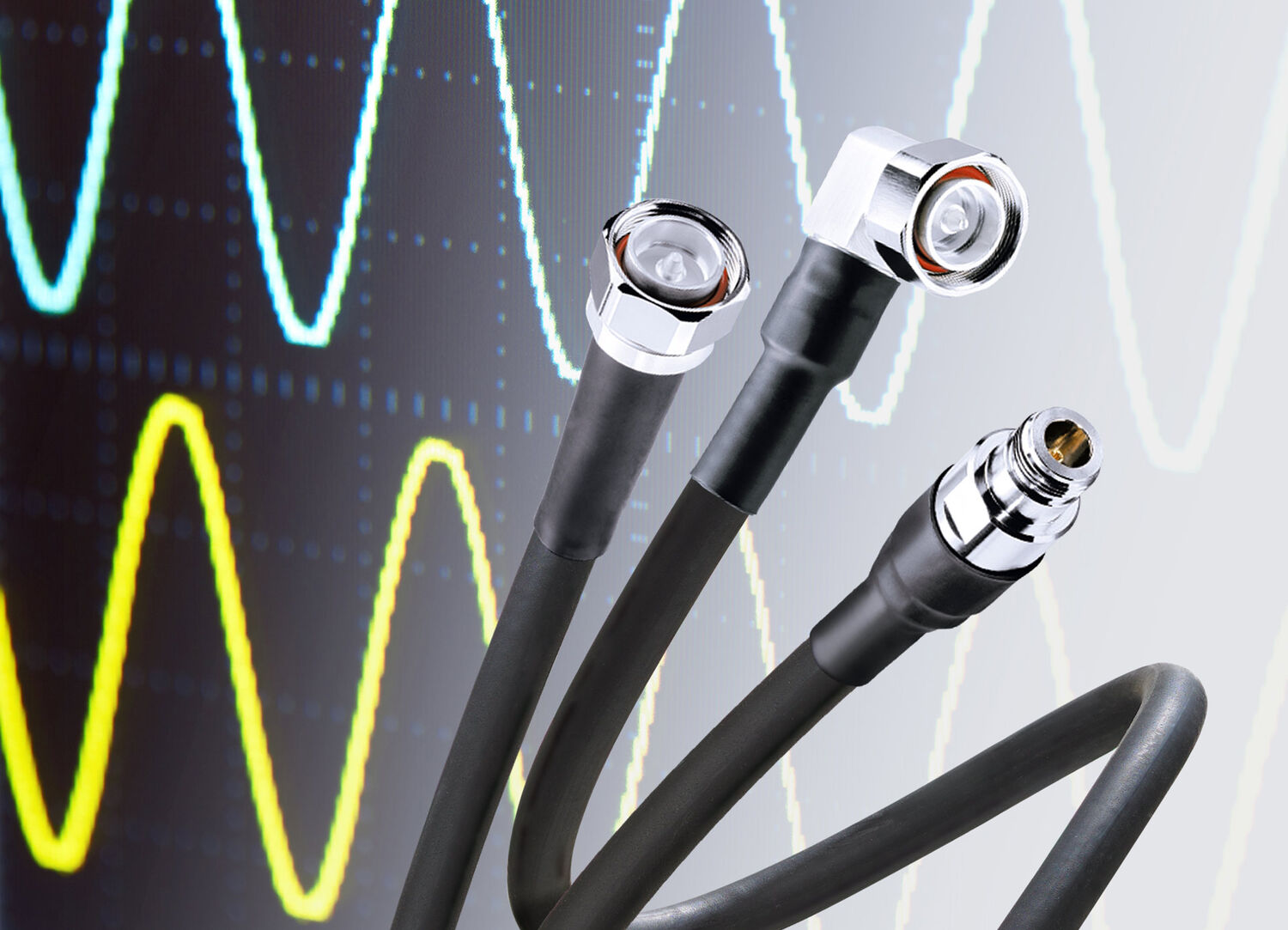The signal quality at the end of a transmission path is defined, among other factors, by the electrical parameters of a cable. In most cases the time offset due to a transmission path is not relevant and is therefore given generous tolerance. But when it is a matter of simultaneous signal transfer across various parallel cables, the ‘electrical length’ of an assembled cable is more important than its mechanical length. Therefore, BizLink determines the phase length of its RF coaxial cables in its in-house laboratory upon customer’s request and takes this electrical lengths into account e.g. with the assembly of MRI coil cables or other extremely sensitive medical cables. The phase-matched assembly is available for single, multi and custom RF coaxial cables in rigid, flexible and patient-oriented use.
In a vacuum, signal waves are spread at the speed of light (approx. 300,000 km/s). In the case of a cable, the signal spreads between the conductor and the braid, i.e. normally inside the insulation. The relative dielectric constant of this insulation determines the signal speed. Minimal, production-related differences in the dielectric constant across various conductors are normally permitted within the framework of defined tolerances. The mechanical length of assembled cables usually has priority.
But what is to be done when virtually no tolerances in the signal transfer across various assembled cables are allowed; as in the case of MRI coiled wiring or other highly sensitive medical applications? In such cases, propagation delay differences between several cables would have an immediate, negative effect on e.g. image quality or measurement readings.
Accuracy is wanted
As a cable specialist, BizLink not only has comprehensive expertise and capabilities in the design and manufacturing of application-optimized cables, but it also has an extensive range of electrical and mechanical testing methods. Thus, skilled members of staff can determine the electrical length of a cable in its own laboratory. The underlying parameters are calculated depending on the cable’s development and recorded in the design data. These parameters are measured with the help of vector network analyzers and the mechanical length is adjusted to the electrical length.
Concretely this means, the RF coaxial cables, e.g. MRI coil cables, are cut ‘too long’, assembled unilaterally and trimmed precisely down to a few degrees by means of measuring the reflected phase. Accuracy is also called for when it comes to the final fitting of the second connector. The length of insulation to be stripped for this purpose is taken into account in calculating the parameters in the design data and the prescribed measurements are adhered to exactly by BizLink staff when assembling the cable.
